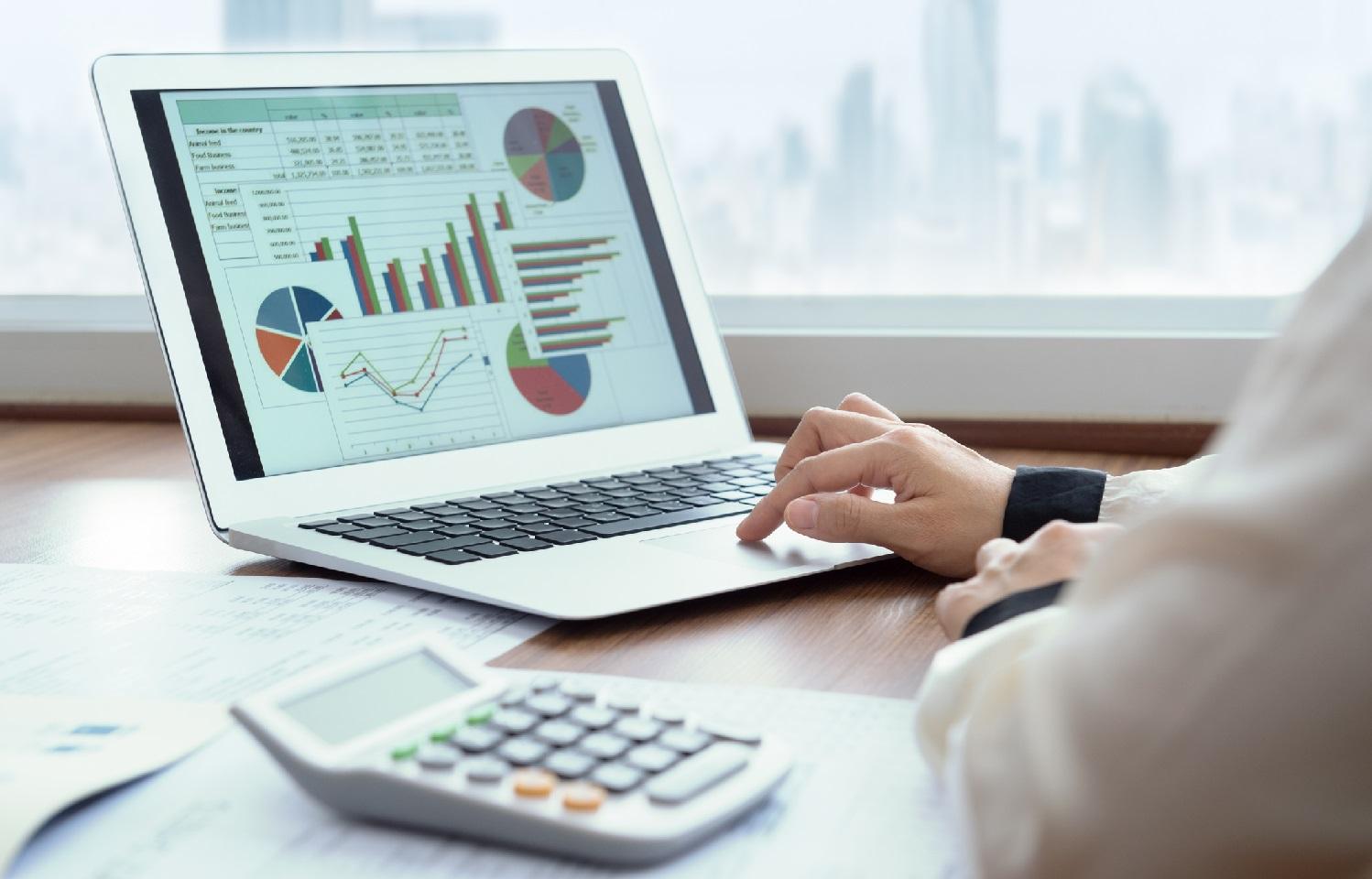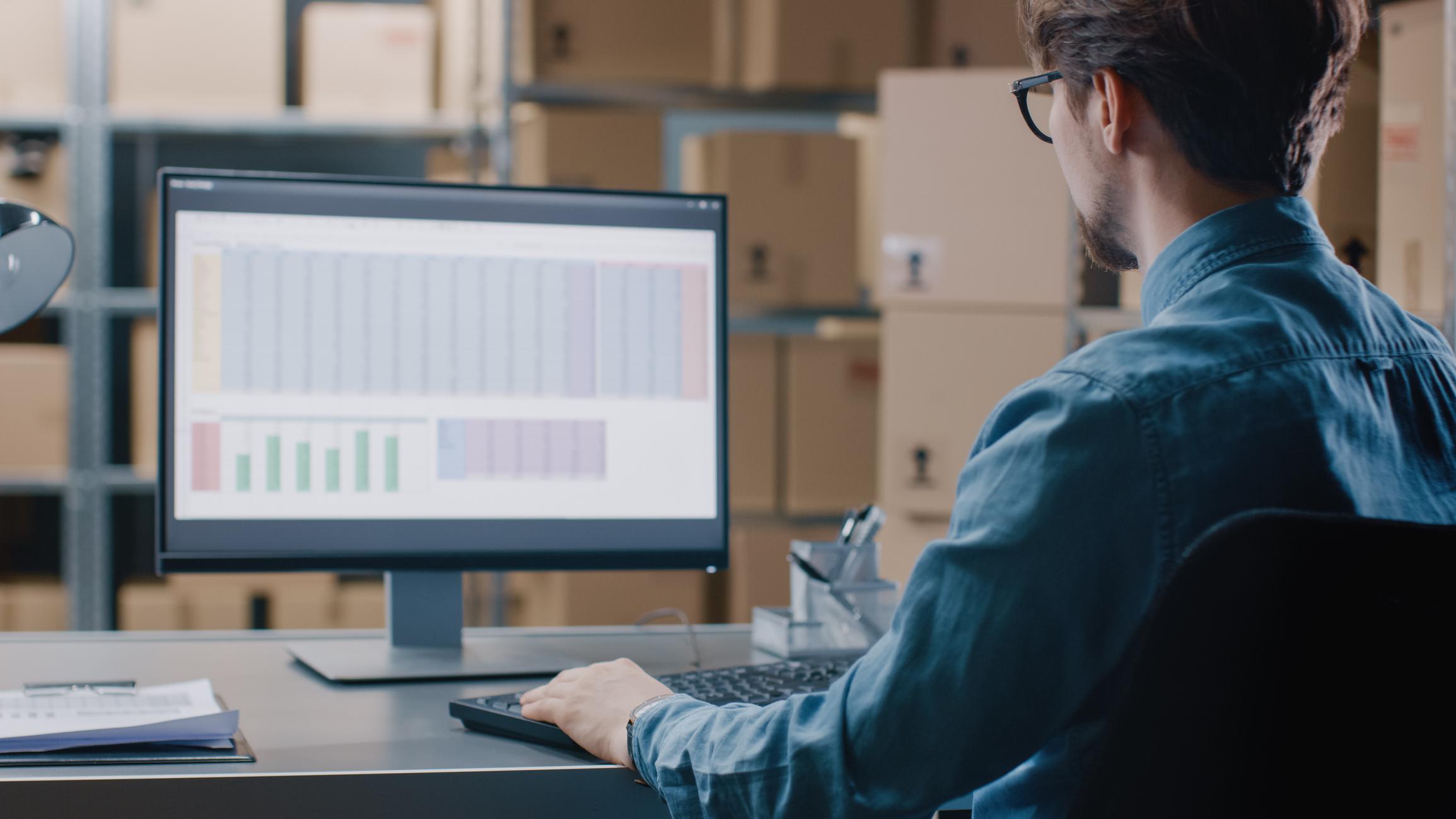MENU
Start
- Best Small Business Loans for 2024
- Businessloans.com Review
- Biz2Credit Review
- SBG Funding Review
- Rapid Finance Review
Our Recommendations
- 26 Great Business Ideas for Entrepreneurs
- Startup Costs: How Much Cash Will You Need?
- How to Get a Bank Loan for Your Small Business
- Articles of Incorporation: What New Business Owners Should Know
- How to Choose the Best Legal Structure for Your Business
Our Guides
- Business Ideas
- Business Plans
- Startup Basics
- Startup Funding
- Franchising
- Success Stories
- Entrepreneurs
Small Business Resources
Grow
- The Best Credit Card Processors of 2024
- Clover Credit Card Processing Review
- Merchant One Review
- Stax Review
Our Recommendations
- How to Conduct a Market Analysis for Your Business
- Local Marketing Strategies for Success
- Tips for Hiring a Marketing Company
- Benefits of CRM Systems
- 10 Employee Recruitment Strategies for Success
Our Guides
- Sales & Marketing
- Finances
- Your Team
- Technology
- Social Media
- Security
Small Business Resources
Lead
- Best Business Phone Systems of 2024
- The Best PEOs of 2024
- RingCentral Review
- Nextiva Review
- Ooma Review
Our Recommendations
- Guide to Developing a Training Program for New Employees
- How Does 401(k) Matching Work for Employers?
- Why You Need to Create a Fantastic Workplace Culture
- 16 Cool Job Perks That Keep Employees Happy
- 7 Project Management Styles
Our Guides
- Leadership
- Women in Business
- Managing
- Strategy
- Personal Growth
Small Business Resources
Find
- Best Accounting Software and Invoice Generators of 2024
- Best Payroll Services for 2024
- Best POS Systems for 2024
- Best CRM Software of 2024
- Best Call Centers and Answering Services for Busineses for 2024
Our Recommendations
What Is the Double Declining Balance Depreciation Method?

Table of Contents
The double declining balance (DDB) depreciation method is an accounting approach that involves depreciating certain assets at twice the rate outlined under straight-line depreciation. This results in depreciation being the highest in the first year of ownership and declining over time.
Given its nature, the DDB depreciation method is best reserved for assets that depreciate rapidly in the first several years of ownership, such as cars and heavy equipment. By applying the DDB depreciation method, you can depreciate these assets faster, capturing tax benefits more quickly and reducing your tax liability in the first few years after purchasing them.
Editor’s note: Looking for the right accounting software for your business? Fill out the below questionnaire to have our vendor partners contact you about your needs.
What is the DDB depreciation method?
The DDB depreciation method is a standard accounting method for depreciation in which an asset’s value depreciates at twice the rate it would under straight-line business depreciation — another and perhaps even more popular depreciation method.
When a business depreciates an asset, it reduces its value over time from its cost basis —
what it paid to acquire the asset — to some ultimate salvage value over a set period of years (considered the useful life of the asset). By reducing the value of that asset on the company’s books, a business can claim tax deductions each year for the presumed lost value of the asset over that year.
These are the most common depreciation methods:
- Straight-line depreciation: This method depreciates an asset from purchase price to salvage value by even amounts over a defined term (the useful life). The annual depreciation amount is equal to the total depreciation amount (purchase price minus salvage value) divided by the asset’s estimated useful life.
- DDB depreciation: This method depreciates assets at twice the rate of the straight-line method. Users of this method start by calculating the amount allowed under straight-line depreciation for year one and then doubling it. The following year, they calculate the remaining depreciable balance, divide by the remaining years and multiply by two. They do this each year until the final year of the asset’s useful life when they depreciate any remainder over the asset’s salvage value.
- Sum-of-the-years digits depreciation: This method requires taking the useful life of an asset and adding up the number of each year, such as 5+4+3+2+1 for a five-year useful life. Each year, you divide the number of years left to depreciate the asset (starting with the highest number) by the year-value total. Then, you multiply the resulting percentage by the remaining depreciable value of the asset.
- Units of production depreciation: This method is used exclusively for machinery typically owned by large manufacturers. Depreciation is based on the useful life of machinery and anticipated production over that time, with a tiny portion of the machine’s total depreciation allocated to each individual item produced in a given period. To get production in a given period, you multiply the per-unit depreciation rate by the number of units produced during that time frame.
In contrast to straight-line depreciation, DDB depreciation is highest in the first year and then decreases over subsequent years. This makes it ideal for assets that typically lose the most value during the first years of ownership. Unlike other depreciation methods, it’s not too challenging to implement.
The DDB depreciation method offers businesses a dynamic approach to depreciating assets at a faster rate, allowing for greater tax deductions in the early years of asset ownership.
When to use the DDB depreciation method
The DDB depreciation method is best applied to assets that lose value quickly in the first few years of ownership, such as cars and other vehicles. However, it may also apply to business assets like computers, mobile devices and other electronics.
DDB depreciation is less advantageous when a business owner wants to spread out the tax benefits of depreciation over a product’s useful life. This is preferable for businesses that may not be profitable yet and, therefore, may be unable to capitalize on greater depreciation write-offs or businesses that turn equipment assets over quickly.
If you think you may sell a depreciating asset before the end of its useful life, the DDB depreciation method may cause you to recapture more depreciation and incur greater tax liability, so another depreciation method may be better.
If you file your taxes quarterly, accurately predicting your income becomes more important when using the DDB depreciation method because DDB involves varying depreciation amounts each year. Be prepared to crunch more numbers to ensure you estimate the correct tax amount.
DDB depreciation formula
The DDB depreciation method is a little more complicated than the straight-line method. Here’s the formula for calculating the amount to be depreciated each year:
(Cost of asset / Length of useful life in years) x 2 x Book value at the beginning of the year
This formula works for each year you are depreciating an asset, except for the last year of an asset’s useful life. In that year, the depreciation amount will be the difference between the asset’s book value at the beginning of the year and its final salvage value (usually a small remainder).
Once the asset is valued on the company’s books at its salvage value, it is considered fully depreciated and cannot be depreciated any further. However, if the company later goes on to sell that asset for more than its value on the company’s books, it must pay taxes on the difference as a capital gain. This is called depreciation recapture.
Generally, DDB is not an easy depreciation method to implement. You can also use leading accounting software to track the value of an asset while you depreciate it although, depending on the software and depreciation method you use, you may need to calculate the annual depreciation amount manually each year.
Straight-line depreciation may be the right option for small organizations with straightforward accounting systems or businesses where the owner prepares and files the business’s tax return.
How to calculate DDB depreciation
Follow these steps to calculate an asset’s depreciation using the DDB depreciation method:
- Determine your cost basis in an asset: The cost basis includes the acquisition price and ancillary costs, such as broker fees, legal charges and other closing costs.
- Identify the asset’s useful life: The IRS provides financial accounting guidelines that outline functional life categories for different types of property and equipment.
- Look up the asset’s salvage value: This is an estimate of the asset’s value at the end of its useful life. In a publication that outlines how to depreciate property, the IRS provides guidance for determining salvage value.
- Calculate the first year of depreciation: Use the formula above to determine your depreciation for the first year.
- Continue calculations until you reach salvage value: Repeat this process until the final year, when you write off any remaining depreciable amount.
Example of DDB depreciation
Consider a widget manufacturer that purchases a $200,000 packaging machine with an estimated salvage value of $25,000 and a useful life of five years. Under the DDB depreciation method, the equipment loses $80,000 in value during its first year of use, $48,000 in the second and so on until it reaches its salvage price of $25,000 in year five.
Because the equipment has a useful life of only five years, it is expected to lose value quickly in the first few years of use. For this reason, DDB is the most appropriate depreciation method for this type of asset.
Here’s a closer look at the depreciation each year:
Year | Net book value at beginning of year | DDB depreciation | Net book value at end of year |
|---|---|---|---|
1 | $200,000 | $80,000 | $120,000 |
2 | $120,000 | $48,000 | $72,000 |
3 | $72,000 | $28,800 | $43,200 |
4 | $43,200 | $17,280 | $25,920 |
5 | $25,920 | $920 | $25,000 |
Now, we’ll compare this with straight-line depreciation. This is what the schedule would look like when depreciating the same $200,000 asset using straight-line depreciation:
Year | Net book value at beginning of year | Straight-line balance depreciation | Net book value at end of year |
|---|---|---|---|
1 | $200,000 | $35,000 | $165,000 |
2 | $165,000 | $35,000 | $130,000 |
3 | $130,000 | $35,000 | $95,000 |
4 | $95,000 | $35,000 | $60,000 |
5 | $60,000 | $35,000 | $25,000 |
Using the example above, the same asset would lose $35,000 in the first year and each subsequent year until it was fully depreciated in year five. Comparing the two schedules above, it’s clear that much larger portions of the asset’s value are written off in the early years using the DDB depreciation method, creating greater tax savings in those years.
However, this also means that if you sold the equipment for $180,000 in year three, you would incur much greater tax liability from the DDB depreciation method due to depreciation recapture than you would using the straight-line method.
Best accounting software for calculating depreciation
Calculating DDB depreciation may seem complicated, but accounting software makes it easy. To find the right software for your business’s needs, we’ve compiled a list of the best business accounting software. Below are services we’ve highlighted from this list that are ideal for calculating depreciation:
- Sage 50: Whether it’s basic accounting reports or advanced inventory analyses, Sage 50 offers a wide variety of reporting tools. This cloud-based platform allows you to track asset depreciation easily over time. In a few clicks, you can generate complex reports with minimal effort and complete essential accounting tasks through the user-friendly interface. To learn more about Sage 50’s features and integrations, check out our Sage 50 accounting software review.
- Oracle NetSuite: This software offers a full suite of advanced accounting features and financial management capabilities. With its comprehensive finance and accounting tools, including fixed assets management, Oracle NetSuite helps you accurately calculate and manage asset depreciation. This platform supports global account management and multiple currencies, a crucial feature if your business operates internationally. Read more about this software and how it excels as a full-scale enterprise resource planning platform in our Oracle NetSuite accounting software review.
- Zoho Books: For microbusinesses seeking an affordable solution, Zoho Books comes with powerful features to meet your accounting needs. This software also automates accounting tasks, such as invoicing, payment reminders and expense tracking. This way, you save time and ensure accuracy in financial reporting. Check out our Zoho Books accounting software review to learn more about how this software can assist with generating financial reports.
Making depreciation work for you
The DDB depreciation method offers businesses a strategic approach to accelerate depreciation. When it comes to taxes, this approach can help your business reduce its tax liability during the crucial early years of asset ownership. With the right accounting tool to help you streamline tasks and ensure accuracy, you can create efficient accounting practices that optimize tax strategies, enhance financial reporting and promote your business’s success.
Shayna Waltower contributed to this article.













